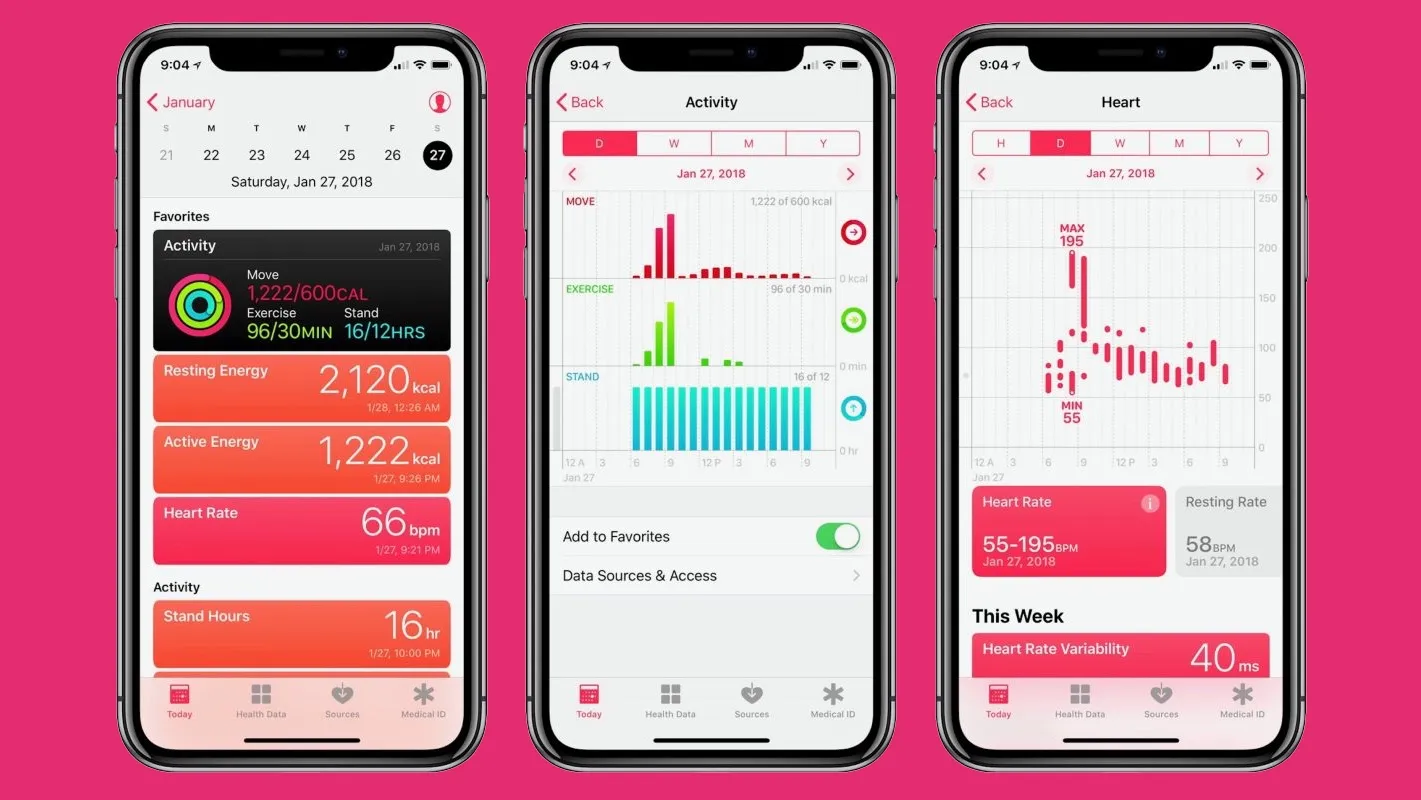FHIR: Explore the Standard for Health Information Exchange in the Digital Era
In recent years, interoperability has become one of the healthcare providers’ top priorities, leading to the breakthrough invention of FHIR, a game-changer in healthcare data exchange. According to the National Library of Medicine, FHIR has been widely used in developed countries like The United States, Canada, Australia and The United Kingdom... But you might wonder: How can FHIR greatly facilitate healthcare interoperability? Together, we will unveil the potential of FHIR in paving the way for medical data exchange in this digital era.
What is FHIR?
FHIR (Fast Healthcare Interoperability Resources) is the latest global standards framework developed by HL7 (Health Level Seven International) for exchanging healthcare information electronically. FHIR promotes interoperability by providing clear guidelines on how to represent and transmit healthcare data between numerous different systems, organizations, and stakeholders. It defines standard profiles and conformance resources, ensuring that systems can understand and interpret the information shared between them accurately.
How FHIR Incredibly Enhances Interoperability
Standardized Data Exchange: One of the key features of FHIR is its ability to standardize the format and structure of healthcare data. This international standard uses modern web-based technologies, making it easier for different healthcare systems to communicate with each other. This standardized approach ensures that data is exchanged consistently and accurately. Organizations can now seamlessly integrate diverse systems, including electronic health records (EHRs), mobile apps, wearable devices, and more.
Ensured Compatibility with Existing Standards: FHIR has been designed to be compatible with existing healthcare standards such as HL7 v2 and CDA. This compatibility allows organizations to gradually transition from legacy systems to FHIR-enabled systems without disrupting their current operations. The framework also provides mappings and guidelines to facilitate the conversion of data between different standards, ensuring an effortless transition to a more interoperable environment.
Read more: FHIR implementation in countries: considering factors and guidelines
Practical Featured Applications of FHIR
Apple Health App
In 2018, Apple adopted FHIR and SMART on FHIR to promote interoperability. (SMART stands for Substitutable Medical Applications, Reusable Technologies. It’s a framework allowing third-party health applications to integrate with EHRs. SMART on FHIR is a combination of both frameworks, promoting interoperability of health applications based on standardized data format)
The Apple Health app, which was launched in 2014, was created to help patients collect and organize personal health data via devices. But in 2018, Apple made an impressive transformation when releasing its Health Records platform, developed based on SMART on FHIR. This new platform integrated with FHIR allows users to view their updated health information from over 700 clinicians utilizing multiple EHR systems.

In 2021, Apple continued to use FHIR to connect its Health Records platform with 6 EHR vendors: Cerner, CPSI, DrChrono, Meditech Expanse, Allscripts, and athenahealth.to help users easily share their health data with family and doctors.
The Gravity Project
The Gravity Project is a part of HL7 FHIR Accelerator Program aiming to facilitate seamless integration of healthcare and social care data as health outcomes are heavily affected by social factors like people’s living and working environment, and their food resources. This project collaborates with more than 800 partners to develop guidelines for collecting data on food security, housing stability, and transportation access based on the FHIR standard.
The standardized data exchange of FHIR enables better management over several data sources and easy integration, paving the way for data-driven decisions and public health efforts.
FHIR utterly transforms the working process of healthcare providers
Better cost-effective data management: Studies reveal that 25-30% of healthcare expenditures are attributed to administrative costs. FHIR eliminates time-consuming tasks like manual data entry and medical information transmission, cutting a huge amount of money spent on administrative work. This also minimizes the errors caused by hand-operated activities, saving costs used for fixing these errors later on. In fact, according to a 2016 BMJ report, medical errors are the third highest cause of mortality, with 44% of medical error fatalities preventable. Moreover, FHIR is free to use as it functions based on open data resources.
Improved Interoperability: FHIR enables healthcare providers and physicians to easily share and access patient data across different systems and organizations. According to a recent survey conducted by Australian and New Zealand healthcare executives, the implementation of FHIR impressively boosted interoperability from 11% to 66%.
Real-Time Data Exchange: As healthcare is increasingly driven by the need for real-time access to patient information, FHIR provides a robust foundation for timely data exchange. Through the framework's support for event-driven architectures and async patterns, healthcare systems can transmit critical data updates instantaneously. This allows clinicians to make informed decisions quickly and improves patient outcomes, helping clinicians and healthcare providers step closer to the future of value-based healthcare.

Enhanced Care Coordination: With FHIR, healthcare providers can access a comprehensive view of a patient's health information from various sources and systems. This allows for improved care coordination among multiple providers involved in a patient's care journey. FHIR's modular approach enables the exchange of specific data elements, such as medical history, lab results, allergies, and surgeries, facilitating better-informed clinical decisions and reducing the risk of errors or duplicated tests.
Simplified Implementation: This international standardized framework provides well-defined resources, clear guidelines, and modular components, which make the adoption process more simple and user-friendly. Additionally, FHIR’s great compatibility with widely-used web technologies makes it so much easier for various providers to adopt FHIR.
Conclusion
Overall, FHIR is a powerful tool for improving interoperability, saving lots of healthcare costs, and boosting workflow efficiency. FHIR's simplicity makes it a standout framework compared to previous healthcare interoperability initiatives, encouraging healthcare providers from all over the world to adopt this up-to-date technology to step closer to value-based healthcare.





